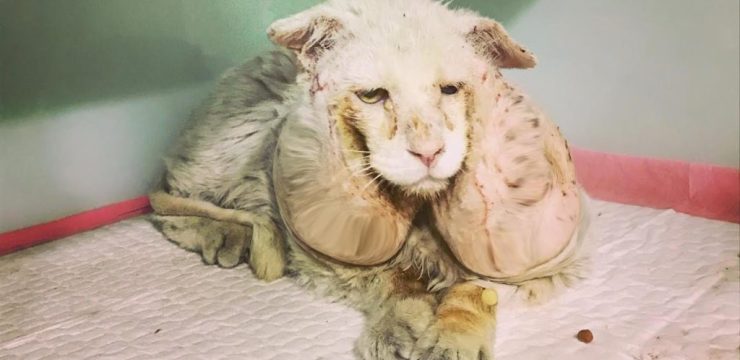Have you ever gone outside to collect your freshly washed laundry only to find a few bees clinging to your clothes — maybe even your underwear? While this might seem alarming, the truth is that bees aren’t out to harm you or invade your personal space. Their presence has simple, natural explanations rooted in their instincts and environmental cues. Understanding why bees behave this way can help you prevent it, keep your laundry bee-free, and appreciate these tiny pollinators’ role in nature.

Bees are incredibly perceptive creatures guided by scent, color, and light. When they leave their hives, they rely heavily on their sense of smell to locate food sources and communicate with other bees. Sometimes, the same qualities that make our laundry smell clean and fresh can inadvertently attract them. The bright whites, pastels, and flowery scents we love can seem to bees like a field of blossoms waiting to be explored.
Why Bees Are Attracted to Laundry
Fragrances from Detergents and Fabric Softeners
Modern laundry products often contain scents inspired by nature — think lavender, jasmine, or citrus. These aromas can closely mimic the smell of flowers, which bees naturally associate with nectar. To a bee, a freshly washed T-shirt that smells like “spring meadow” might seem like a flower in disguise. When bees land on the fabric, they’re not being aggressive; they’re simply investigating what they believe to be a potential food source.
Moisture Left on Clothes
Another reason bees might visit your laundry is moisture. Bees collect water for several purposes: to regulate the temperature of their hive, to dilute thick honey, and to help feed larvae. If your clothes are still slightly damp from washing, they may appear to bees as a convenient water source. This is especially common during hot or dry weather when natural water supplies are scarce.
Bright and Light Colors
Color plays a huge role in how bees interact with their environment. They’re most drawn to shades that resemble flowers — typically bright or light hues such as white, yellow, blue, and soft pink. If you’ve hung up light-colored clothing in direct sunlight, it could easily catch a bee’s attention. On the other hand, darker shades like black, brown, or red are less appealing to them.
Warmth from the Sun
Clothes warmed by the sun may also attract bees. The gentle heat radiating off fabric can seem inviting, particularly in cooler weather or early mornings when bees are looking for warmth before heading out to forage. A sun-soaked towel or shirt might simply feel like a cozy spot for a short rest.
Is It Dangerous?
Finding bees on your clothes — especially on personal items like underwear — can be unsettling. However, bees are not naturally aggressive. They generally sting only when they feel threatened or cornered. If you encounter bees on your laundry, the best thing you can do is remain calm. Avoid waving your hands, shaking the fabric, or swatting at them. Quick movements can make bees defensive, increasing the risk of a sting.
What to Do If You Find Bees on Your Clothes
-
Wait for Them to Leave on Their Own. Bees are curious but not persistent. Once they realize there’s no nectar, they’ll usually fly away after a few moments.
-
Move the Clothing Gently. If you need to retrieve your laundry, use a stick or hanger to lift the fabric from a distance. This prevents direct contact and minimizes the chance of startling the bees.
-
Avoid Scented Products. Choose fragrance-free or hypoallergenic detergents and softeners. These products are less likely to attract insects.
-
Dry Laundry Indoors During Peak Activity. Bees are most active from late morning to midafternoon. If you dry clothes indoors or during early morning or evening hours, you’ll greatly reduce encounters.
Preventive Measures
If bees frequently visit your laundry area, there are simple ways to discourage them without causing harm:
-
Use unscented detergents and natural cleaning solutions.
-
Shake clothing and linens thoroughly before bringing them indoors.
-
Dry clothes in shaded or partially covered areas rather than in direct sunlight.
-
Install a fine mesh or screen barrier around your drying space if you live near gardens or flowering plants.
-
Keep water sources like buckets or birdbaths away from where you hang laundry to prevent bees from congregating nearby.
Respecting Bees While Keeping Them Away
It’s easy to forget that bees aren’t just random visitors — they’re essential to our ecosystem. These tiny pollinators are responsible for much of the world’s food supply, including fruits, vegetables, and nuts. While finding them on your laundry can be inconvenient, reacting calmly and respectfully ensures both your safety and theirs. By understanding their natural instincts, we can coexist peacefully.
What Not to Do
Avoid spraying or using harsh insect repellents on your laundry or around your drying area. These chemicals not only harm bees but can also leave residue on your clothes that may irritate your skin. Likewise, avoid crushing or killing bees, as this can attract others through released pheromones, causing more problems instead of fewer.
Final Thoughts
While it might seem strange to discover bees resting on your freshly washed clothes, it’s usually a harmless and temporary situation. They’re drawn by familiar cues — floral scents, moisture, color, and warmth — not by aggression or intent to sting. By adjusting a few simple habits, you can prevent future visits while keeping your laundry routine natural and eco-friendly.
Bees deserve our care and respect. They pollinate plants, support biodiversity, and contribute to global food production. The next time you see one hovering near your laundry line, remember: it’s not an intruder, just a gentle explorer following the call of nature. A little understanding and patience go a long way in maintaining harmony between humans and these vital creatures.
Disclaimer: This article is for informational and educational purposes only. The image accompanying it is AI-generated for illustration. Always handle bees carefully and contact a local beekeeper if you encounter swarms or repeated bee activity near your home.





